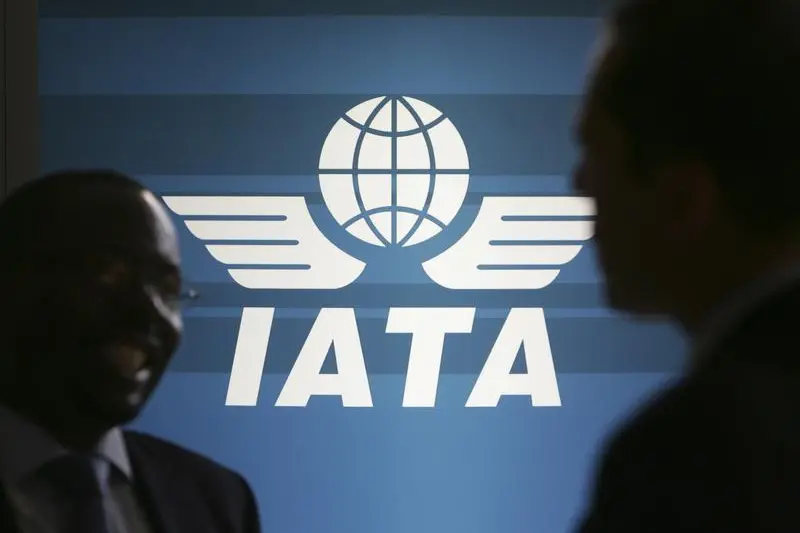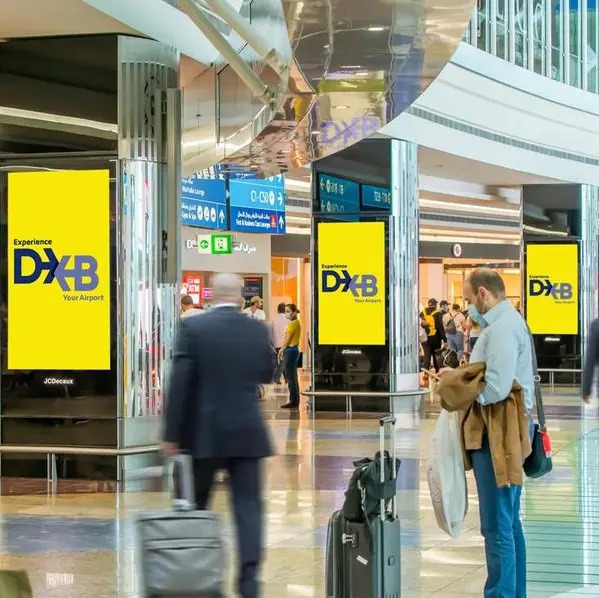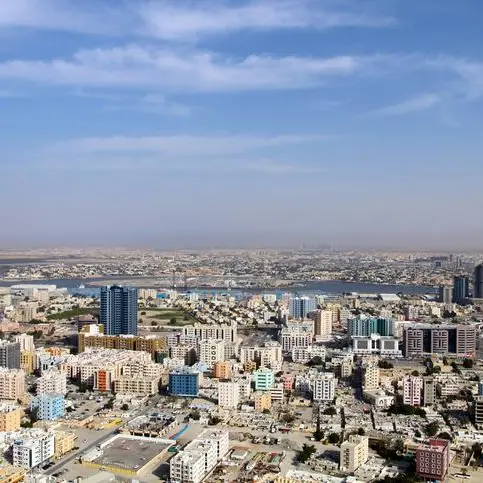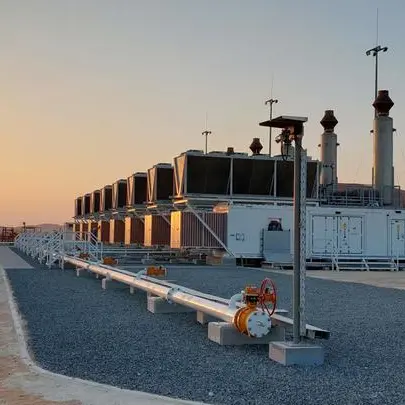PHOTO
10 September 2016
Middle East carriers posted the "strongest" growth across various regions in July, with a 13.1% year-over-year increase, shows latest "air passenger data" provided by the International Air Transport Association (IATA).
Passenger demand in the Middle East region had dipped in June owing to the timing of Ramadan, the global body of airlines said. Middle Eastern capacity rose 15.5%, causing load factor to drop 1.7 percentage points to 78.6%, IATA said.
In fact, load factors on the largest routes to and from the Middle East, those between Asia and Europe, fell by 2.8 and 3.3 percentage points respectively in the first half of 2016, taking both to record period-lows.
Annual growth in industry-wide revenue passenger kilometres (RPKs) accelerated to 5.9% year-on-year in July - its fastest pace in five months. Middle Eastern carriers regained their position at the top of the growth chart, followed by airlines in Asia Pacific.
Recent developments in industry-wide traffic growth reflect the net impact of a range of competing drivers. On the one hand, growth continues to face a number of headwinds, including lingering impacts from high-profile terrorist attacks and political instability in parts of Europe, as well as the ongoing fragile economic backdrop.
Typically, the impact of terror-related shock events is just temporary, but the repeated nature of recent events suggests that the impact this time may be longer-lasting than one might otherwise expect.
Meanwhile, although global business confidence has edged up in recent months, the economic backdrop remains highly uncertain, with policy at a crossroads. Heightened uncertainty following the 'Brexit' vote in the UK exemplifies the downside risks in this regard.
On the other hand, air passenger demand is being supported by lower fares, which are a function of lower oil prices continuing to feed through, as well as wider competitive pressures in the market. Further stimulus to demand is likely to arrive during the rest of 2016.
The negative influences on demand growth have tended to dominate throughout much of 2016 so far, and industry-wide growth momentum has eased somewhat; correcting for the fact that February 2016 was a leap year, IATA estimates that industry-wide RPKs have grown by 5.5% year-on-year so far this year, compared to 6.3% in the same period of 2015.
"However, the bigger picture is that passenger traffic this year has still grown broadly in line with the average pace seen over the past decade or so. Moreover, the modest tick-up in seasonally-adjusted traffic in July shows that demand was resilient coming into the peak summer season. All told, passenger traffic is set for another year of solid growth," IATA said.
Middle East carriers posted the "strongest" growth across various regions in July, with a 13.1% year-over-year increase, shows latest "air passenger data" provided by the International Air Transport Association (IATA).
Passenger demand in the Middle East region had dipped in June owing to the timing of Ramadan, the global body of airlines said. Middle Eastern capacity rose 15.5%, causing load factor to drop 1.7 percentage points to 78.6%, IATA said.
In fact, load factors on the largest routes to and from the Middle East, those between Asia and Europe, fell by 2.8 and 3.3 percentage points respectively in the first half of 2016, taking both to record period-lows.
Annual growth in industry-wide revenue passenger kilometres (RPKs) accelerated to 5.9% year-on-year in July - its fastest pace in five months. Middle Eastern carriers regained their position at the top of the growth chart, followed by airlines in Asia Pacific.
Recent developments in industry-wide traffic growth reflect the net impact of a range of competing drivers. On the one hand, growth continues to face a number of headwinds, including lingering impacts from high-profile terrorist attacks and political instability in parts of Europe, as well as the ongoing fragile economic backdrop.
Typically, the impact of terror-related shock events is just temporary, but the repeated nature of recent events suggests that the impact this time may be longer-lasting than one might otherwise expect.
Meanwhile, although global business confidence has edged up in recent months, the economic backdrop remains highly uncertain, with policy at a crossroads. Heightened uncertainty following the 'Brexit' vote in the UK exemplifies the downside risks in this regard.
On the other hand, air passenger demand is being supported by lower fares, which are a function of lower oil prices continuing to feed through, as well as wider competitive pressures in the market. Further stimulus to demand is likely to arrive during the rest of 2016.
The negative influences on demand growth have tended to dominate throughout much of 2016 so far, and industry-wide growth momentum has eased somewhat; correcting for the fact that February 2016 was a leap year, IATA estimates that industry-wide RPKs have grown by 5.5% year-on-year so far this year, compared to 6.3% in the same period of 2015.
"However, the bigger picture is that passenger traffic this year has still grown broadly in line with the average pace seen over the past decade or so. Moreover, the modest tick-up in seasonally-adjusted traffic in July shows that demand was resilient coming into the peak summer season. All told, passenger traffic is set for another year of solid growth," IATA said.
© Gulf Times 2016












